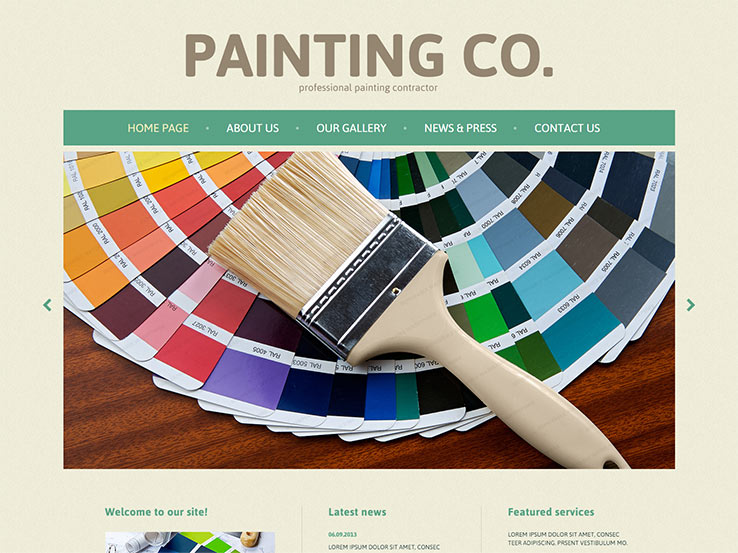Seasonal Factors In Industrial Exterior Painting: Trick Insights You Must Know
Seasonal Factors In Industrial Exterior Painting: Trick Insights You Must Know
Blog Article
Authored By-Aguilar Decker
When you're planning a commercial exterior painting job, seasonal variables can make or damage your results. You'll wish to think about just how temperature and humidity effect paint application and drying times. Picking painting front door can guarantee your paint adheres properly and lasts much longer. But which how long do paint last in a can are absolutely the very best for this kind of job? Allow's explore the key elements that can impact your task's success.
The Impact of Temperature on Paint Application
When you're preparing a commercial exterior painting job, the temperature level can significantly impact how well the paint sticks and dries.
Ideally, you want to repaint when temperature levels vary between 50 ° F and 85 ° F. If it's as well cold, the paint may not cure appropriately, leading to issues like peeling off or splitting.
On the flip side, if it's as well hot, the paint can dry too swiftly, protecting against proper adhesion and leading to an uneven coating.
You must also consider the time of day; morning or late afternoon uses cooler temperature levels, which can be more favorable.
Constantly examine https://eduardozuneu.anchor-blog.com/14664294/examine-the-current-strategies-and-trends-in-home-painting-and-be-captivated-by-the-original-concepts-for-changing-your-living-setting for the specific paint you're using, as they commonly offer assistance on the excellent temperature variety for ideal outcomes.
Moisture and Its Effect on Drying Times
Temperature isn't the only ecological factor that affects your business external paint job; moisture plays a considerable function as well. High moisture levels can reduce drying out times substantially, influencing the overall top quality of your paint work.
When the air is saturated with wetness, the paint takes longer to cure, which can result in issues like inadequate bond and a higher danger of mildew development. If you're repainting on a specifically damp day, be planned for extensive delay times between coats.
It's essential to check neighborhood weather conditions and plan appropriately. Ideally, aim for moisture levels between 40% and 70% for optimal drying out.
Keeping these factors in mind guarantees your task stays on track and supplies an enduring surface.
Best Seasons for Commercial Outside Paint Projects
What's the very best time of year for your commercial external paint jobs?
Spring and early loss are normally your best choices. During these seasons, temperature levels are mild, and moisture degrees are commonly lower, creating ideal conditions for paint application and drying out.
Prevent summertime's intense heat, which can trigger paint to dry also rapidly, resulting in inadequate attachment and coating. Similarly, wintertime's cold temperatures can hinder appropriate drying out and curing, taking the chance of the durability of your paint work.
Aim for days with temperatures in between 50 ° F and 85 ° F for ideal results. Keep in mind to inspect the local weather prediction for rainfall, as wet conditions can ruin your task.
Preparation around these variables ensures your painting task runs smoothly and lasts much longer.
Conclusion
To conclude, planning your commercial external paint projects around seasonal factors to consider can make a substantial difference in the end result. By organizing work throughout the suitable temperatures and humidity levels, you'll guarantee better bond and drying times. Keep in mind to keep an eye on local weather forecasts and choose the right time of year-- springtime and early fall are your best options. Taking these steps will certainly aid you accomplish a resilient and specialist finish that lasts.
